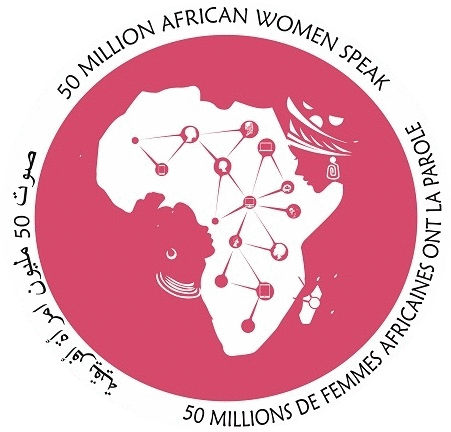Maternal Health Task Force (MHFT) - Kenya
- Kenya
- Resources
- Social Services
- Social Services
HEALTH IN KENYA
The Constitution of Kenya 2010 devolved health services to the counties, which meant a complete change in the Health structure and its management in the country. The national Government handles all the level 4 hospitals which offer highly specialized care. Level 3, level 2 and level 1 healthcare centers are under the management of the county governments
Global evidence points to a direct correlation between the size of a country’s health workforce and its health outcomes. Over the last decade, Kenya’s progress in improving the overall health status of its population has had mixed results. While life expectancy has gone up and interventions to address specific diseases including HIV/AIDs, Tuberculosis and Malaria have yielded positive results, much remains to be done.
The top five causes of outpatient morbidity in Kenya are Malaria, Diseases of the Respiratory System (including pneumonia), Skin Diseases, diarrhea and accidents accounting for about 70 percent of total causes of morbidity. Malaria contributes about a third of total outpatient morbidity.
Maternal Health Task Force (MHFT)
The Maternal Health Task Force (MHTF) at the Center of Excellence in Maternal and Child Health (MCH) continues and builds on the tradition of the MHTF in ensuring that front-line maternal health workers, policymakers, researchers, and advocates across the world have access to the most current and reliable evidence in the field.
In order to reach the Sustainable Development Goal 3 target to reduce maternal mortality ratio to less than 70 per 100,000 births we must invest heavily in research to ensure we are asking the right questions and prioritizing the right interventions.
PROGRAMES
Adolescent Sexual and Reproductive Health
Increased efforts to meet the sexual and reproductive health needs of adolescents are critical to achieving the Sustainable Development Goals and represent a worthwhile opportunity for investment.
Antenatal Care
High quality antenatal care (ANC) is an essential component of the reproductive, maternal, newborn and child health continuum of care. For many women around the world, an ANC visit is their first adult contact with the health care system, serving as a gateway to health services both during and beyond maternity care.
Family Planning & Maternal Health
Integrating family planning services into maternal health services can be an effective strategy for reducing unmet need and ultimately saving women’s lives.
Global Maternal Health Workforce
An effective maternal health workforce requires not only a sufficient number of workers, but also equitable geographic distribution, diversity in skill, adequate education and training and strong, supportive health systems.
Malaria in Pregnancy
Malaria in pregnancy continues to play a large role in global maternal deaths. Much work is needed to ensure that pregnant women and newborns across the globe are protected against malaria.
Maternal and Newborn Health Integration
The majority of maternal and infant deaths occur during pregnancy, childbirth or the immediate postpartum period, most of which are preventable. Understanding the connections between a mother’s health and that of her newborn is crucial for addressing maternal and infant mortality and morbidity.
Maternal Health HIV, and AIDS
HIV and AIDS is the leading cause of death among women of reproductive age around the world, with approximately 25% of pregnancy-related deaths in sub-Saharan Africa attributable to HIV and AIDS.
Noncommunicable diseases and Maternal Health
As the world continues to undergo the “obstetric transition” from mostly direct causes of maternal mortality to more indirect causes, addressing the effects of noncommunicable diseases on maternal health is becoming increasingly urgent.
Perinatal Mental Health
Mental health issues during pregnancy and the postpartum period affect between 7% and 25% of women around the world, many of whom do not have access to high quality treatment.
Postnatal Care
The postnatal period is critical for both mother and baby. Greater than 60% of maternal deaths and more than a third of child deaths occur in the weeks following delivery.
Preterm Birth
Prematurity is the leading underlying cause of death in children under five years. For those who survive, the consequences of being born too soon can continue throughout the life course, impacting individuals, families and communities.
Quality of Maternal Healthcare
Increasing access to and utilization of health care services is not sufficient for improving maternal health outcomes. The quality of care a woman receives during pregnancy, delivery and postpartum affects her health, the health of her child and the likelihood that she will seek care in the future.
Respectful Maternity Care
Every woman around the world has a right to receive respectful maternity care. While a number of interventions have aimed to address this issue, many women around the world continue to experience disrespectful and abusive care during childbirth.
CONTACTS





